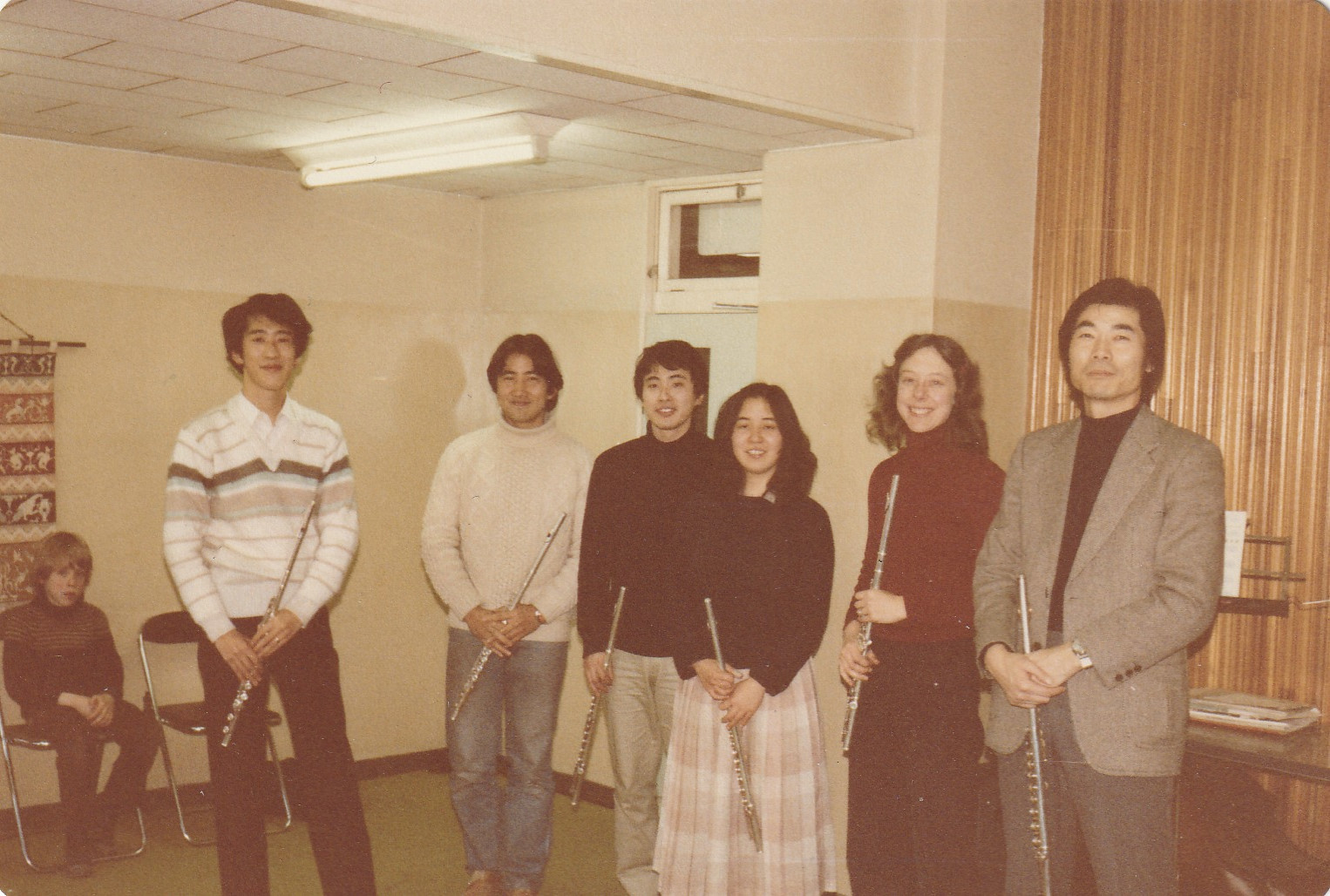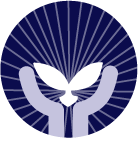Julia Breen

Julia majored in both piano and flute for her B.Mus at the University of Melbourne and gained an M.Mus in musicology at the same institution..
Julia has been teaching both instruments since the age of 18; her involvement with Suzuki began in 1977, first as a parent of a violin student and soon after as a teacher. She travelled to Matsumoto with her family to study Suzuki flute with Toshio Takahashi, as probably the first Australian to study with him. Her studies with Takahashi continued over many years both in Japan and at workshops and conferences in various countries. On some of her Matsumoto visits she also did some piano study with Haruko Kataoka.
Julia was a Suzuki parent for 15 years of three children, which was a fascinating journey. All three studied violin, and two of them also studied piano. One is now a professional pianist, and another is a Suzuki teacher of violin and piano.
Julia is a Teacher Trainer in both Flute and Piano. She has taught at workshops and given teacher training courses all over Australia, and also in Tennessee (USA), New Zealand, Korea, Taiwan and the Philippines. Many of her flute students have gone on to complete university degrees in music and to become Suzuki flute teachers.
Julia has been closely involved for more than 40 years with the Suzuki Association in the state of Victoria, Australia, including as newsletter editor, Council member and President, and Chair of the Professional Development Committee. She was a Board Member of the International Suzuki Association 2010 – 2017 and of the Pan Pacific Suzuki Regional Association 2013 – 2021. She has been a member of the International Suzuki Association Flute Committee since 2013.
Other Places you have lived since Japan: Australia
Instruments studied in Japan: Flute, a little piano
Dates in Japan: November 1981 to end January 1982; July/August 1989; December 1989 – mainly study with Toshio Takahashi; attended some classes of Haruko Kataoka
Years and locations of workshops with Mr. Takahashi that were outside of Japan: Berlin August 1987; Melbourne Australia 1989 and 1993; Sydney Australia 1995; Brisbane Australia 1997; Matsumoto 1999; Matsumoto 2013; Sydney 2015; Melbourne 2018; East Tennessee 1990 & 1995; Daejeon (Korea) 2001
Owing to my scattered periods of study with Mr. Takahashi, I never graduated from the Suzuki Institute.
Memories
I was urged to begin a Suzuki Flute programme in Melbourne. There was no available training for Suzuki Flute, so Japan it was! I would describe myself as a Suzuki Pioneer. I was 34. I did not plan on trying to graduate when I first went there because I only had a limited time (two months).
It was quite tricky to plan the trip, especially as it involved my husband and three children (aged 10, 8 & 4). Apart from official enrollment at the Suzuki Institute, we made contact through the Girl Guides movement, as our daughter was a 10-year old member of junior girl scouts. They were very helpful. The Matsumoto/Okaya Girl Scout groups provided us with accommodations and equipment (futons, cooking implements etc.). They showed us where to shop, where the bath houses were, and often invited our family to attend Girl Scout events.
We lived in two six-mat apartments on the same street as Dr. Suzuki. They were owned by a family involved in Girl Scouts who were generous with rent (no key money). The family’s house was just behind the apartments, and they let us use their piano for my daughter’s and my piano practice. In the apartments, we had only cold running water, but could heat water on the kerosene heater. We actually had indoor western style toilets! (unlike some of the other foreign students).
We all enjoyed the food, including raw fish in sushi and sashimi. Manju with pork were popular with the kids. From November to January, it was very cold. We had a kerosene heater in one apartment where the whole family gathered, and we bought an electric bar heater for the other apartment where 2 of the kids slept and did their violin practice.
We went as a family to the bathhouse twice a week. The very hot water in the bath kept us warm for hours!
It was very exciting when it snowed in early January. One evening we were walking home and spotted bonfires down on the stones by the river. People were burning their New Year pine branches and singing and drinking warm sake. They welcomed us to join them, even though we were complete strangers.
On the other hand, we were often mocked by children for being “gaijin”. Once on the playground, Japanese kindergarten children threw dirt and sand at our fair-haired, pale children. One of the violin kenkyusei arranged for us all to visit the Suzuki kindergarten, and he gave a talk to the children explaining how all people were equal, and all descended from Adam and Eve.
Once we were on a bus, and a mother and child got on. The child cried with fright when he saw us. That is how provincial Matsumoto was back then. When we went to a department store (e.g. Ito Yokado), we would be the only people in the store without black hair.
Our youngest child, aged 4, had snow-white hair. Japanese ladies would squeal “kawai” and give her little presents.
In January, we were excited to see all the twenty-year-olds gathering at the Civic Centre for a reception, all dressed up in their beautiful kimonos.
Near the end of our stay, we had finally worked out how to read the destinations (in Japanese characters only) on the buses and took a ride up into the hills to a frozen lake where we could skate on the ice. At the time we went, there was no one else there and we hired skates and had a wonderful time skating, surrounded by woodland and peace and quiet.
Lessons were wonderful, entertaining, and eye- and ear-opening with Mr. Takahashi. They involved systematically memorising all the flute repertoire. There were many musical revelations, even in the simple early repertoire. On the flute, I learned tone production, intonation, expression, articulation, and tone exercises. The other flute kenkyusei were much more advanced than I, playing the higher-level repertoire. I learnt a great deal by observing them. I also attended Mr. Takahashi’s opera classes in musical expression – fascinating.
On the piano, I learned a different finger technique, acute listening to one’s own playing, tone, balance of hands etc. In kenkyusei piano lessons there was very little explicit teaching; kenkyusei had to work things out for themselves which often meant months on the Twinkle Variations.
My two older children had a few violin lessons with Dr Suzuki, and two months of lessons with Miss Mori. She was very friendly and spoke English well. She was very systematic, and very fussy about intonation and bow division. Our kids participated in Miss Mori’s group classes and Christmas concert.
My older daughter had piano lessons with Dr. Kataoka. They were very simple lessons, focusing on basics. My daughter moved quickly through Book 3. We also watched another Australian child’s lessons and some of Dr. Kataoka’s own Japanese students. There was quite a lot of talking to the parents of the Japanese children, which I didn’t understand. The little student would sit patiently and very still at the piano, waiting.
We went to the regular weekly recitals. We would hear some violin kenkyusei be asked by Dr. Suzuki to play the same piece week after week (e.g. Wieniawski Légende). On one occasion my daughter (age 10) played with two other foreign children the first movement of the Vivaldi Concerto in G minor. (Dr. Suzuki organized this.)
In one of my later visits (1989) we went to a couple of recommended concerts, one of which was wonderful American bass player Gary Karr. We also went to the Tokyo Budokan concert (1999) prior to the World Convention in Matsumoto.
Dr. Suzuki was always friendly and informal whenever we met him around the Institute building. Until 1989 I didn’t have contact with Mr. Takahashi outside the classroom. In 1989, a flute colleague and I spent a month together in Matsumoto and Mr. Takahashi took us out to dinner twice. He also took us to Okaya where he taught a few students. He allowed us to attend one student’s lesson at his home.
To quote Dr. Honda, “Suzuki changed my life.” I have been a committed Suzuki flute and piano teacher ever since and have been closely involved with the Suzuki Association in our state of Australia, Victoria. This led me to editing the local newsletter for families; being President of our Association; being involved with the setting up of PPSA Regional Association and serving on its Board for about eight years; being on the ISA Flute Committee; and being a Member-at-Large on the ISA Board 2010-2017. I am a teacher trainer in both flute and piano and have been invited to train teachers and teach all over Australia, as well as in New Zealand, Philippines, Taiwan, Korea, and the USA.
I have loved teaching generations of students and have seen a number of my students become wonderful Suzuki teachers themselves.
Photo in Matsumoto


